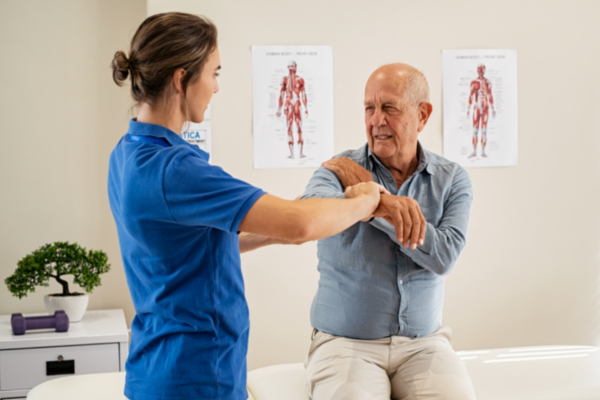Empowering Healing Via Cardiopulmonary Physiotherapeutic Therapy during the Journey of Post-Operative Recovery
Empowering Healing Via Cardiopulmonary Physiotherapeutic Therapy during the Journey of Post-Operative Recovery
Blog Article
Cardiopulmonary physiotherapeutic treatment serves a crucial role in helping patients heal following surgical procedures, especially for those who have undergone procedures impacting the cardiac system and pulmonary system. Recovery from surgery can be a challenging process, frequently accompanied by discomfort, exhaustion, and restricted movement. Yet, with the appropriate approach and support, individuals can regain their strength and enhance their general health. This type of treatment concentrates on improving the performance of the cardiac system and lungs, which is essential for a favorable recovery.
One of the main objectives of cardio-pulmonary physiotherapeutic therapy is to improve cardiovascular endurance. After surgery, patients may face reduced endurance, making everyday activities feel more exhausting. Through a meticulously planned exercise program, therapists assist individuals in incrementally increasing their physical activity levels. This may include activities such as ambulating, bicycling, or targeted breathing exercises. These exercises not only aid build power but also increase lung capacity, which is crucial for guaranteeing that the body gains enough air.
Moreover, cardiopulmonary physical therapy highlights the significance of respiratory techniques. Many post-operative individuals may struggle with deep breathing due to discomfort or restricted mobility. Therapists instruct individuals how to perform deep respiratory activities, which can help expand the pulmonary system and eliminate any secretions that may have accumulated during the healing process. Appropriate breathing techniques are crucial to avoid complications such as pneumonia, which can arise if the lungs are not operating effectively. By focusing on these techniques, individuals can improve their recovery and general pulmonary health.
Another critical component of this type of treatment is instruction. Therapists provide valuable insight about the recovery journey, including what patients can expect during recovery. They clarify how to identify danger signs that may indicate complications, helping individuals feel more in charge of their well-being. Understanding the role of physical activity in healing allows individuals to assume an active part in their healing journey. This empowerment is crucial for fostering self-assurance and encouraging a constructive outlook during recovery.
In conclusion, cardio-pulmonary physiotherapeutic treatment is an integral aspect of post-surgical recovery for patients undergoing heart and pulmonary physical therapy for post traumatic stress disorder procedures. By focusing on enhancing cardiovascular endurance, teaching breathing techniques, and offering knowledge, physical therapists enable individuals to take charge of their recovery. This specialized therapy not only aids in bodily healing but also supports emotional well-being, making the journey of healing easier and more bearable. With the appropriate assistance and direction, individuals can effectively restore their strength and return to their daily lives.